In my BWL author blog post today, I pose the question: how accurate must you be when writing historical fiction? https://bwlauthors.blogspot.com/


In my BWL author blog post today, I pose the question: how accurate must you be when writing historical fiction? https://bwlauthors.blogspot.com/
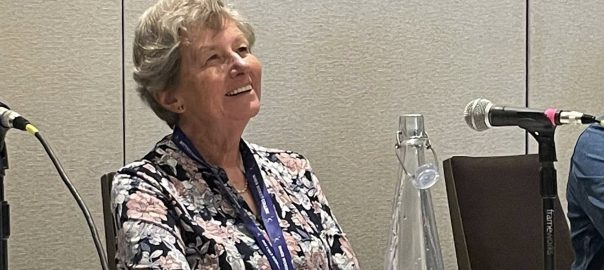
In August, at Calgary’s annual When Words Collide Festival for writers and readers I sat on a panel titled Home Sweet Homicide: the multitude of ways victims die at or near their homes. The moderator asked us panelists to describe the various methods we’d used in our mystery novels and why we’d chosen those approaches.
I talked about my Paula Savard Mystery Series set in Calgary. Paula, my sleuth, is an insurance adjuster whose work gets her involved in crimes. In books # 2 and 3 of the series, Paula investigates a building fire and a hit-and-run collision near a victim’s home. She comes to suspect both apparent accidents were coverups for murder. Book # 4 begins with Paula investigating a theft from a bicycle store during the COVID-19 pandemic. A murder takes place in the adjacent furniture store, which has closed for the pandemic and become the home of a squatter. The victim is bashed on the head with a weapon of opportunity: a candlestick from the store’s dining room display.

The panel’s most engaging questions related to the allure of poisons and medications thanks to our expert panelist, Lee-Anne Hancock, a retired nurse who worked at the BC Drug and Poison Information Centre. Lee-Anne told us about ordinary plants and medicines that can kill if used incorrectly — or correctly from a killer’s perspective. She noted that poisoning has been called the female murderer’s method of choice, perhaps because it is less messy and violent and doesn’t require physical strength.
As a mystery writer, I’m intrigued by the medicinal method that can easily be disguised as an accident. In two of my short stories, someone kills a relative by administering an overdose of their prescribed medicine. Even if suspicions arise and victims are autopsied, it would be normal for traces of their own medicines to show up in their bloodstreams.
In my novel, A Killer Whisky, set in 1918 Calgary, a man dies in his living room after drinking a glass of whisky. His symptoms are consistent with the “Spanish Flu” that has struck the city and the attending doctor diagnoses the flu as the cause of death. But the man’s neighbour, who is the doctor’s receptionist, suspects someone laced the whisky with a poison or a medicine that reacted with the alcohol to produce a toxic brew. She convinces a sympathetic police detective to investigate.
The Home Sweet Homicide panel took a light hearted approach that entertained the audience at the end of a busy festival day. Afterward, I pondered why I’ve tended to kill off my novel victims in their homes or on nearby streets rather than farther away. I came up with three thoughts.
1. My killers and victims always know each other, which is most common with real life murders, and relatives and friends often hang out together at or near their homes.
2. Homes are, by definition, private rather than public. There will likely be fewer potential witnesses to a crime and perhaps no witnesses. Any friends or relatives present might lie or conceal information to protect themselves, someone else, or the victim.
3. Home is supposed to be our safe place. A home break-in feels like a violation, and a killing in our home or neighbourhood threatens our sense of security.
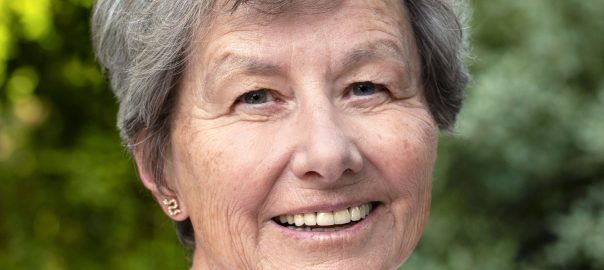
When my first novel, A Deadly Fall, was published in 2011, I decided to get a professional author photograph for book promotion. A friend recommended her friend, Deb Marchand, a local Calgary photographer who specializes in portraits, family pictures, and special events like graduation photos.
I contacted Deb, found her cost reasonable, and arranged a photo session. Deb likes to shoot outdoors and prefers the evenings for better light. We picked a date, but that summer kept getting hit with evening thunder showers, and we had to cancel our first date. The next time, another storm loomed, but we agreed to chance a downpour.
Deb chose a location on a park ridge. I had asked her advice on clothing for my portrait. Since it would be a head shot, clothes only mattered from the chest up. Deb said a plain coloured top with a rounded neckline would be best. I had also read that it’s best to avoid jewellery in portraits since it detracts from the face, which is what people most want to see about the person.
I looked through my wardrobe, couldn’t find the perfect top, and threw a bunch into a bag with the plan to discretely change on the ridge until we found the top that worked. Fortunately, on that evening of looming clouds few people were out walking in the park. After taking numerous photos of me in several tops, I went to Deb’s house, in the rain, to go through the selections on her computer. An agonizing choice when so many photos looked similar and I’m not the biggest fan of pictures of me.
In the end, I settled on a photo of me wearing a white top with a V-neck. I liked the look so much that I had the photo enlarged for my family room wall.

Deb and I became Facebook friends. She came to my book launch and read A Deadly Fall and my next two novels. In 2019, I realized my eight-year-old photo was out of date and asked Deb if she’d be interested in another photo shoot. This time, we met on a clear, spring evening in Calgary’s St. Patrick’s Island Park, and I had the perfect top–red with a rounded neckline.
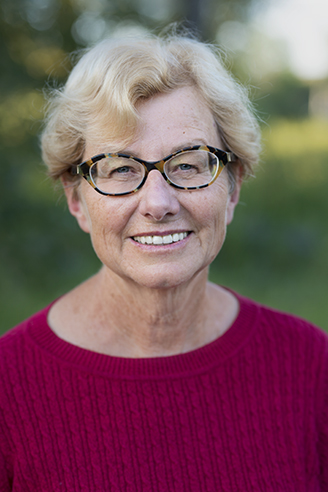
Six years passed. I published three more novels, let my hair go naturally gray, and. thanks to cataract surgery didn’t wear glasses anymore. Every time I sent out my author picture, I felt it didn’t look like the current “me.” I messaged Deb who was enthused about working with me again. She suggested Prince’s Island Park downtown for our third photo shoot.
Deb asked if I’d prefer a city or nature backdrop. I chose nature because I liked the greenery in my past photos and thought high rise buildings in the background would portray the wrong image for my shift to historical fiction. Deb thought a light-coloured top would be a good contrast to nature colours. I chose a pale pink rounded-neck T-shirt top.
On a warm, slightly windy and smoky evening in June, we walked around the Prince’s Island Park and caught up on each others’ news. Deb photographed me on a staircase to the Bow River and in front of trees and flowerbeds. She had me do models’ poses–chest out and swish your arms down your hips to your thighs–and fussed with my windblown hair. It reminded me that I wouldn’t want to be a model.
After the session, Deb emailed me a longlist of photos as well as her five personal favourites, from which I chose my two author photos. Here they are:
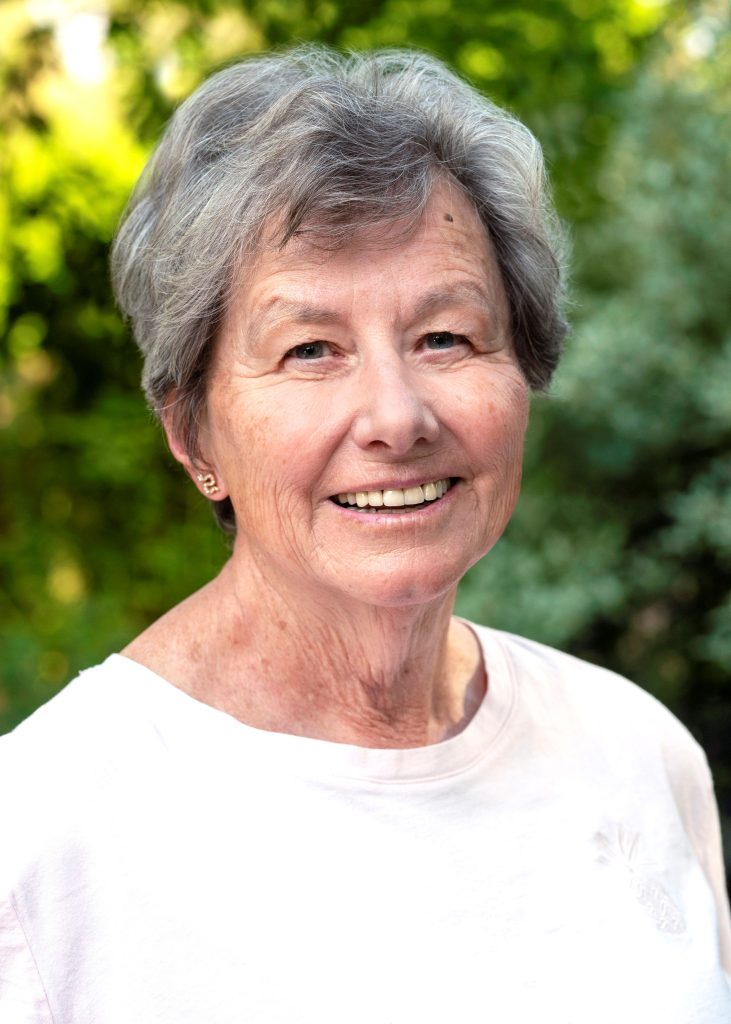
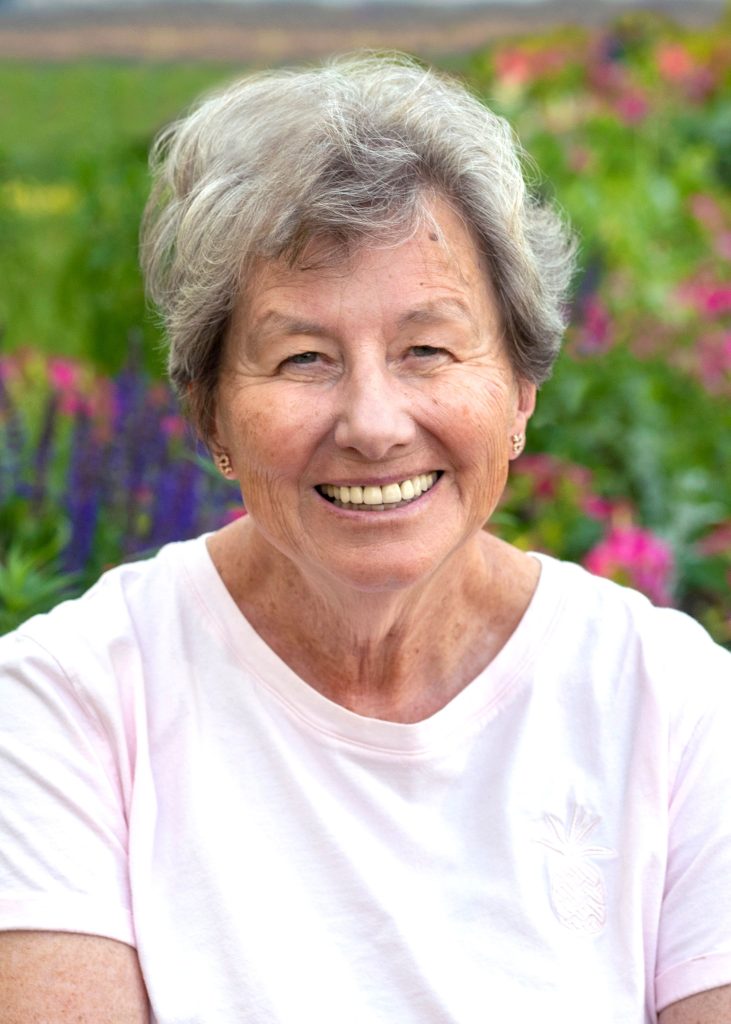
Deb and I shared a few laughs during the photo shoot. She said that, as a bonus, she’d add a joyous portrait as her gift to me. “It will be one of those great laughing photographs that makes me smile as big as your smile in the photo.”
Many thanks to https://www.debmarchandphotography.ca/ for all these years of great author photos.
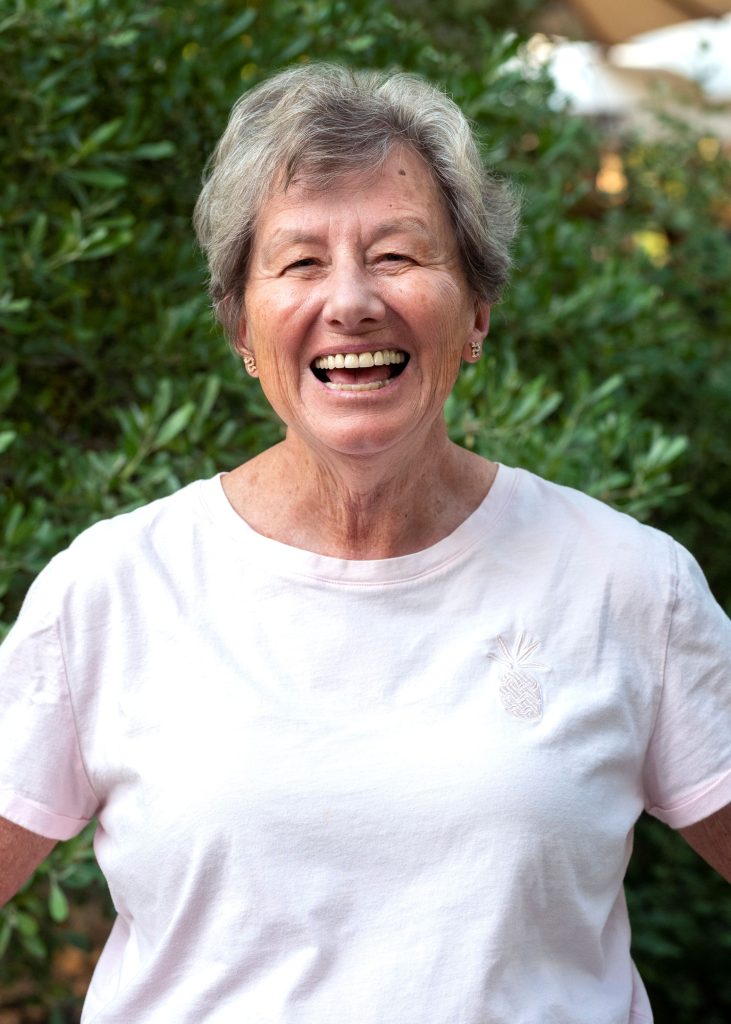

My BWL blog post today comes from my recent experience of organizing my children’s books and re-reading some classics. Enjoy! https://bwlauthors.blogspot.com/

I’m looking forward to discussing the Nuances of Mystery and Crime Writing with my fellow panelists P. D. Workman and Garry Ryan and moderator Niaill Howell at the WGA conference https://writersguild.ca/wga-2025-conference-genre-and-form-through-time-june-7-8/ this Saturday.
On Saturday, May 3, I celebrated May Day with back-to-back-to-back activities. The day began with sunshine, warmth, and my morning Heritage Walk in Calgary’s Tuxedo Park — my first time leading a Jane’s Walk. Forty-three people turned up at our meeting spot in Balmoral Circus Park, which conveniently provided chairs for half of the attendees.
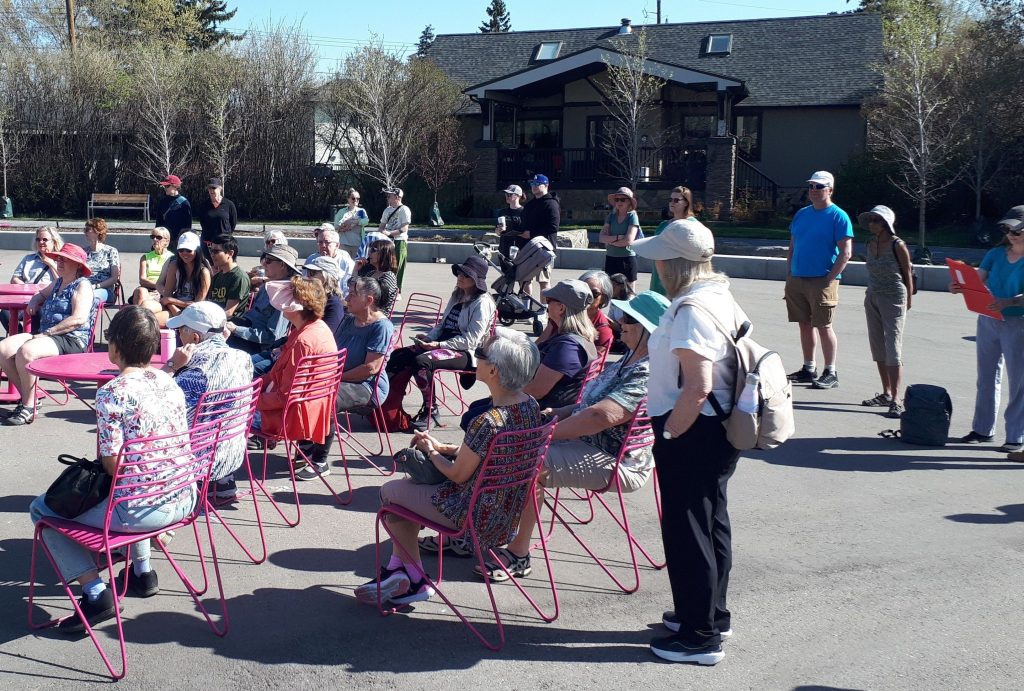
After my introduction and a discussion of the intersection’s history and recent transformation into a park, we set off to explore the other historical sites in the neighbourhood that I had chosen for the setting of my mystery novel, A Killer Whisky.
The whole walk took 1.5 hours. Highlights included unexpected contributions by walk participants. A woman who grew up in the neighbourhood recalled that the house in the above picture used to be a Scout Hall. She rang the home’s doorbell to see if the owners could confirm this. They said they were newcomers but would contact the previous owners and send her more information.
At our next stop, a surprise for me was a “Sold” sign in front of the blue house in this picture.

A few weeks earlier, when I’d researched the walk, no sign was there. I had imagined this 1912 house as the residence of my novel’s protagonist. A woman in the walking group Googled the real estate listing and found the description boasted that the home was featured in a Jane’s Walk. During my research trip, I’d dropped a flyer in the mailbox advising the owners about the upcoming walk. Evidently their real estate agent viewed this as a selling point.
Between my morning and afternoon walks, I grabbed a burger and fries at a nearby local landmark, Peter’s Drive In. After lunch, I repeated my Jane’s Walk for 40 new participants. The afternoon walk featured three guest speakers.
The first speaker was planned. In front of the 1912 commercial building that once housed a branch of the Calgary Public Library, author and literary historian Shaun Hunter spoke about Elaine Catley, a Canadian writer who lived in Tuxedo Park in the 1920s.
The two other speakers were spontaneous additions. When we discovered an urban planner from the City of Calgary was in the audience, we asked her explain about Heritage Protection laws, which I wasn’t familiar with.
Later, a woman who’d gone to Balmoral Bungalow School shared her memories of attending the school that was built to temporarily house students during Calgary’s periods of rapid school enrollment. The school is boarded up now, although an application has been made to make it a daycare centre.
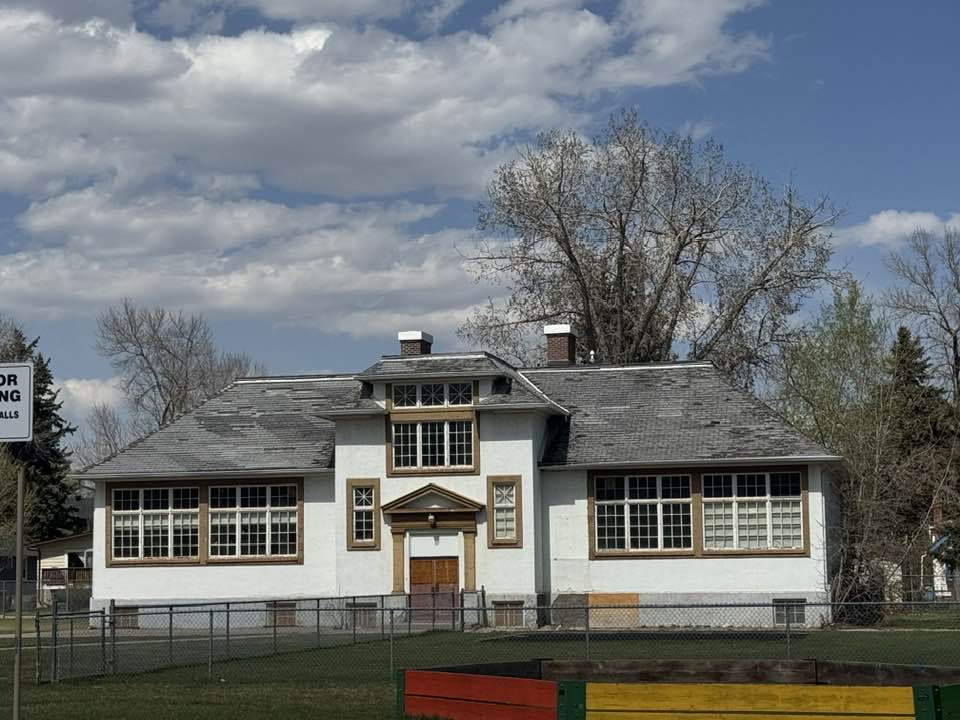
From the walk, I drove to the Austrian Canadian Cultural Centre for a dinner/dance to celebrate May Day and the Centre’s 70th anniversary. May Day, the halfway point between the spring equinox and the summer solstice, welcomes the summer growing season with the traditional Maypole dance.
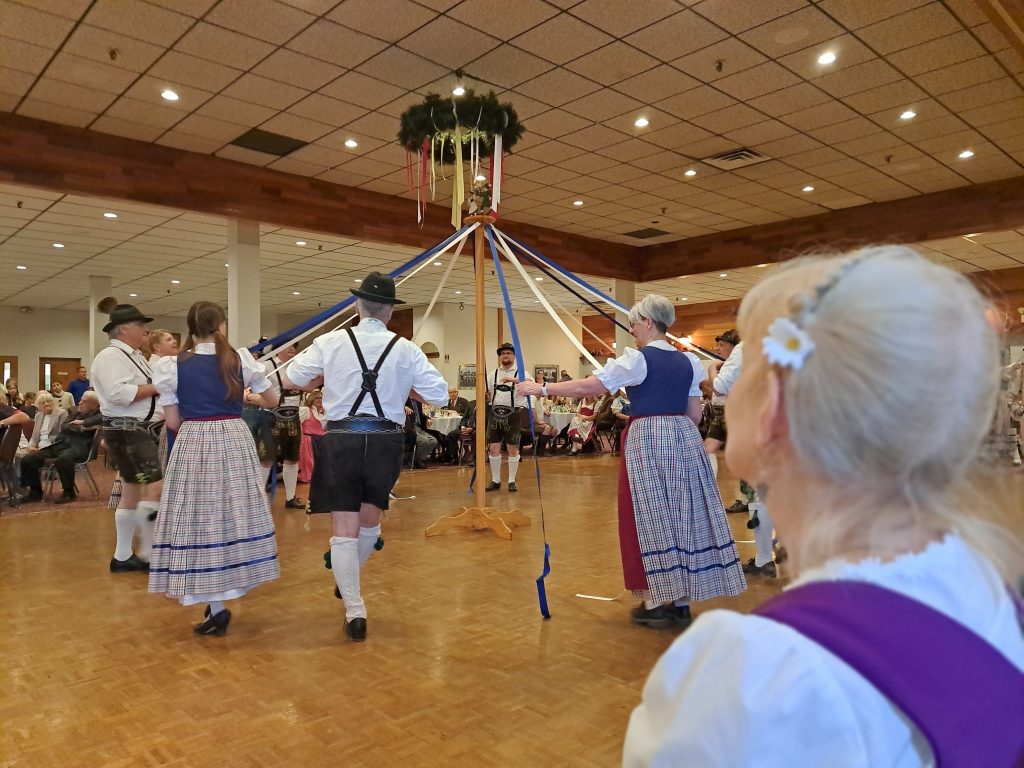
During the day, groups from Western Canada had gathered at the Centre for workshops on Schuhplattler dancing. My sister’s German dance club came from Victoria and dressed in dirndl and Lederhosen for the occasion.
After the workshop presentations, the band continued with polkas. I was tired from my busy day, but couldn’t resist hitting the dance floor when the band segued to Elvis’ “Blue Suede Shoes.” By midnight, I was ready to crash in our hotel room.
What a fun way to usher in summer. Happy Merry Month of May to you!

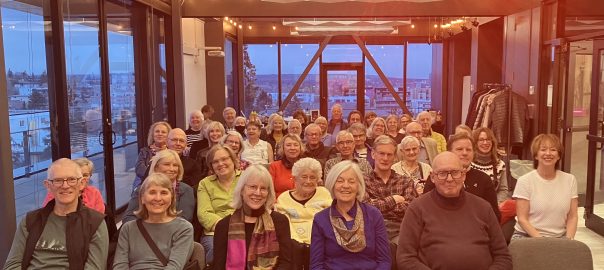
I enjoyed my book launch for my new novel, A Killer Whisky, on Tuesday night. The weather co-operated with relatively mild temperatures and a hint of sunshine. Views from the Treehouse at cSPACE Marda Loop were lovely. It was especially great to see so many smiling, supportive faces and chat with newcomers and friends.
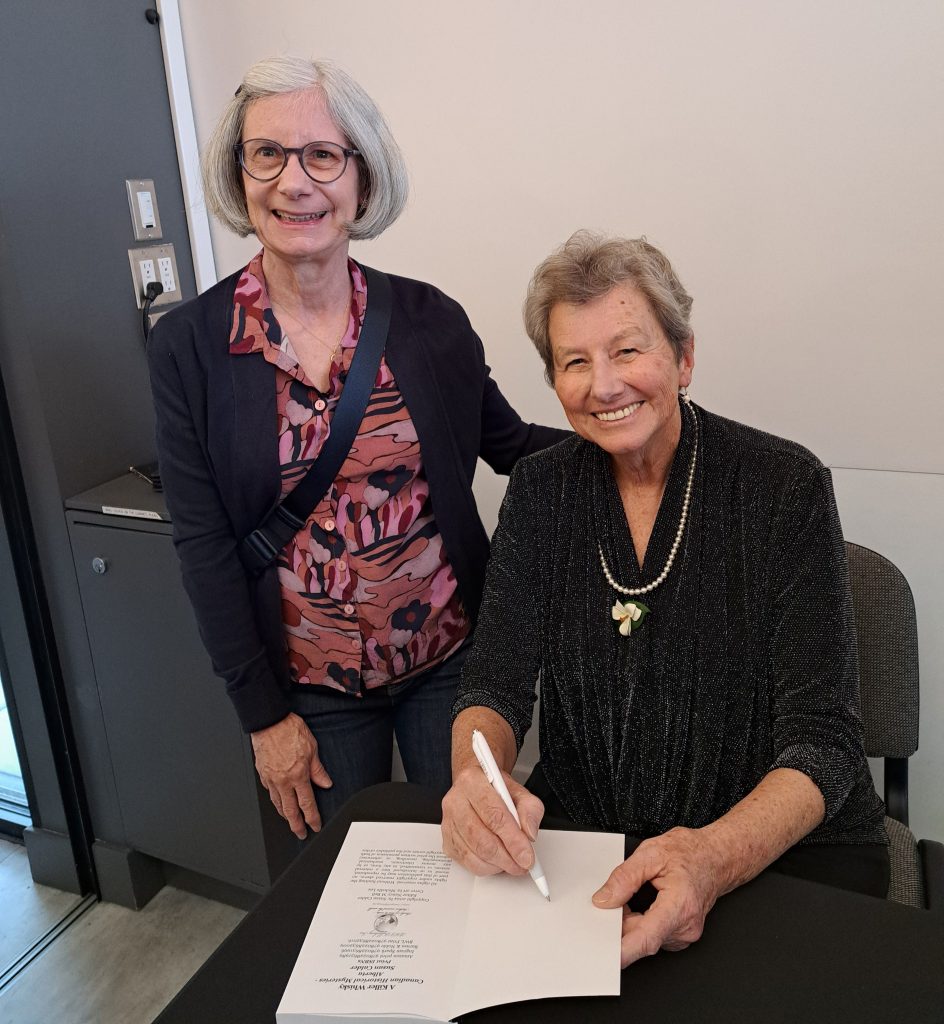
As part of the festivities, we offered “wee drams” of whisky and whisky cocktails named for some of A Killer Whisky’s characters. The most popular cocktail was “Katharine’s Patriotic Canadian Maple Whisky Sour.” Here’s the simple recipe:
Ingredients – yields one serving
1.5 oz whisky
1 oz lemon juice
2-4 teaspoons maple syrup
Pinch of ground cinnamon (optional)
Instructions
Fill a cocktail shaker or mason jar about 2/3 full with ice.
Add whisky, lemon juice, maple syrup, pinch of cinnamon.
Securely fasten the lid and shake well.
Pour ice into cocktail glass.
Add maple whisky sour mixture.
Enjoy!
This was my favourite cocktail, too, but I refrained from drinking at the launch to stay alert for my discussion of how I came to write A Killer Whisky and the history that forms a backdrop to the story.
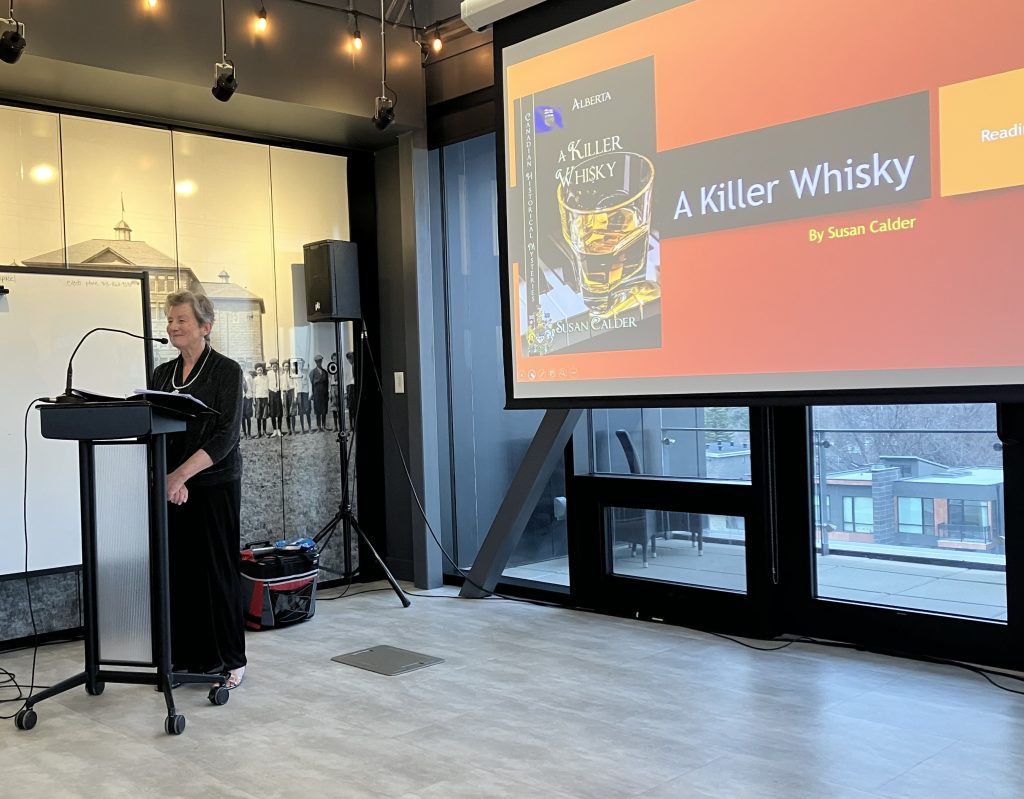
My friend and Calgary literary historian, Shaun Hunter, did a fabulous job of hosting the event. Another friend and writer Leslie Gavel kept the slide show moving smoothly. Judith from Owl’s Nest Bookstore created a fine display of my six novels.
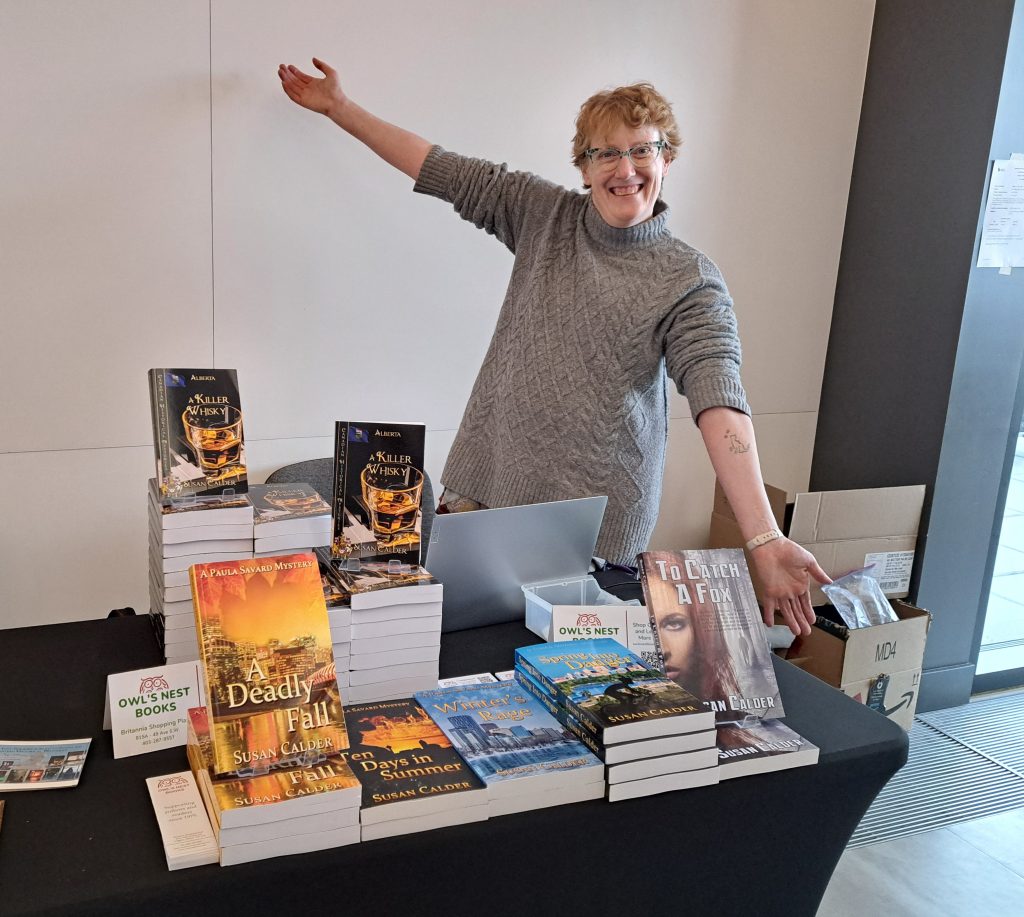
Most people seemed to go home feeling satisfied and enthused with the event. I couldn’t ask for better launch my novel, A Killer Whisky.

I have two stops for this finale day of my blog blitz tour. Here they are:
Our Town Book Reviews:https://www.ourtownbookreviews.com/2025/02/a-killer-whisky.html?sc=1741358052467#c5823763710522951092
The Avid Reader: Blurb Blitz + #Giveaway: A Killer Whisky by Susan Calder @GoddessFish | The Avid Reader
This whirlwind tour has been an interesting ride. Thanks to Goddess Fish promotions for organizing the tour, to the 15 reader websites for hosting A Killer Whisky and helping to connect readers and writers, and to the interested readers who posted comments about my book.

On today’s virtual book tour, A Killer Whisky visits “Archaeolibrarian–I Dig Books” https://archaeolibrarian.wixsite.com/website/post/review-giveaway-a-killer-whisky-alberta-canadian-historical-mysteries-by-susan-calder Leave a comment on the site for a chance to win the giveaway prize donated by BWL Publishers.
Only one more day to go on my blog tour. Hard to believe it’s almost over.